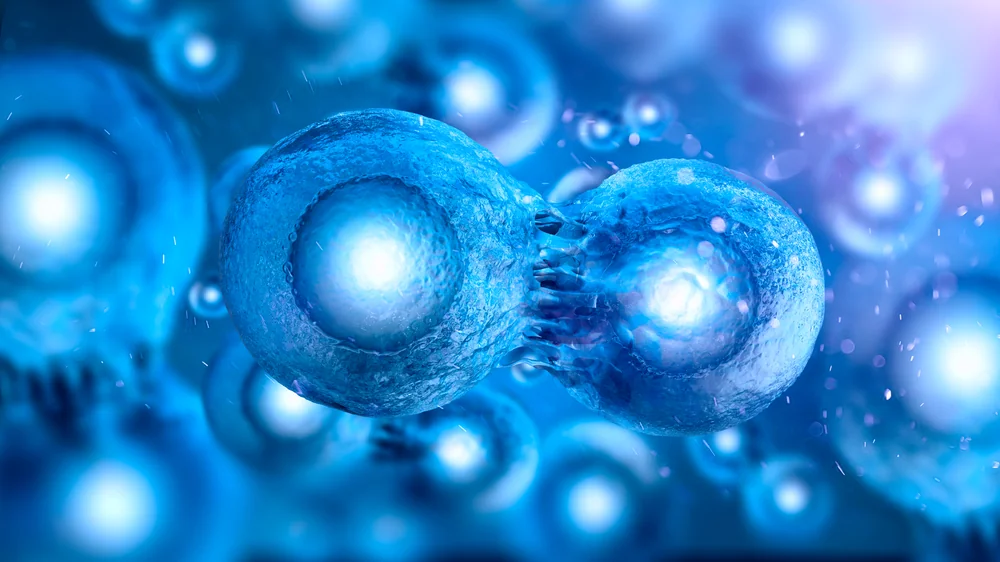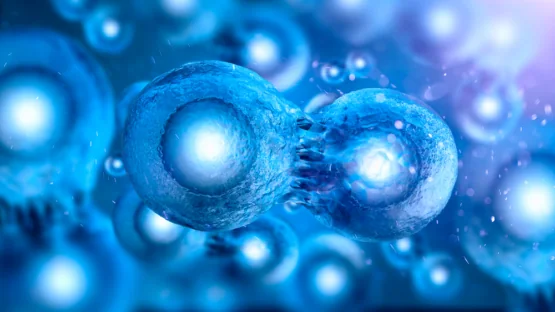In a preprint paper published on bioRxiv, researchers including João Pedro de Magalhães have gotten a glimpse at how stemness declines across tissues with aging.
Using AI to get a grasp on stemness
As expected, this paper begins with a discussion of stem cell exhaustion and its downstream consequences. It continues with an elaboration on stemness, the particular biochemistry that stem cells exhibit, which underlies efforts to determine what exactly makes a stem cell a stem cell [1]. These researchers note that, even though stem cell exhaustion is a hallmark of aging, most previous efforts, including machine learning efforts, have attempted to define stemness in the context of cancer [2] rather than aging.
Therefore, this team has put machine learning to work in analyzing the transcriptome, the collection of gene transcriptions that RNA has made from DNA. Taking a total of 17,382 samples from 30 different tissues of people between 20 and 79 years old, the researchers followed the same rigorous path as the cancer researchers did [2], assigning a score to samples based on how much they resembled known stem cells.
Stemness declines differently in different tissues
Some of the findings were more surprising than others. Testicular tissue and blood had the highest stemness scores overall, but brain, muscle, and lung tissue were the next three, with various gut tissues and skin following after that. The brain’s stemness score was especially interesting when compared to nerve tissue, which had one of the lowest scores of the studied tissues.
While the data was fuzzy and the correlation was only determined linearly, this algorithm found that some tissues clearly declined more than others. Lung tissue, which did not show many stemlike properties to begin with according to this study, had its score nearly drop to zero at older ages. The prostate and thyroid declined severely, and gut tissues’ decline was less dramatic. As expected, and with few exceptions between tissues, this stemness score was correlated with a proliferation marker and negatively correlated with cellular senescence.
Interestingly, despite the well-known loss of fertility with aging, stemness scores in both the ovary and uterus rose instead of declined. This particular tissue also has unique behaviors in cellular senescence [3].
It may be that not all stemness is good
The researchers then took a closer look at particular cell types, repurposing data from a previous experiment on leukemia and aging [4] to focus on hemapoietic stem cells, which are responsible for making blood. While the correlation was barely outside the threshold for statistical significance, there was a clear trend towards the entirely unintuitive finding that older cells of this type exhibit more stemlike characteristics than their younger counterparts, which may account for an increased rate of cancer. This is particularly notable when compared to other research showing significant depletion of these stem cells with aging [5], and the researchers state that this finding deserves further investigation.
Conclusion
This was not a particularly large experiment, although it has highlighted potentially valuable areas for future research. As the researchers note, it is on correlation, not causation, and it does not identify individual cells as being stem cells or not. Furthermore, the study did not determine which biochemical facets of stemness as a whole are related to the necessary proliferation of healthy cells and what facets are more oriented towards cancer. All of these particulars will need to be examined to untangle which cells we do, and don’t, want to divide in our bodies.
Literature
[1] Srivastava, A. K., & Bulte, J. W. (2014). Seeing stem cells at work in vivo. Stem cell reviews and reports, 10, 127-144.
[2] Malta, T. M., Sokolov, A., Gentles, A. J., Burzykowski, T., Poisson, L., Weinstein, J. N., … & Schumacher, S. E. (2018). Machine learning identifies stemness features associated with oncogenic dedifferentiation. Cell, 173(2), 338-354.
[3] Chatsirisupachai, K., Palmer, D., Ferreira, S., & de Magalhães, J. P. (2019). A human tissue‐specific transcriptomic analysis reveals a complex relationship between aging, cancer, and cellular senescence. Aging Cell, 18(6), e13041.
[4] Adelman, E. R., Huang, H. T., Roisman, A., Olsson, A., Colaprico, A., Qin, T., … & Figueroa, M. E. (2019). Aging Human Hematopoietic Stem Cells Manifest Profound Epigenetic Reprogramming of Enhancers That May Predispose to Leukemia Epigenetic Reprogramming in Aging Human HSC. Cancer discovery, 9(8), 1080-1101.
[5] de Haan, G., & Lazare, S. S. (2018). Aging of hematopoietic stem cells. Blood, The Journal of the American Society of Hematology, 131(5), 479-487.




